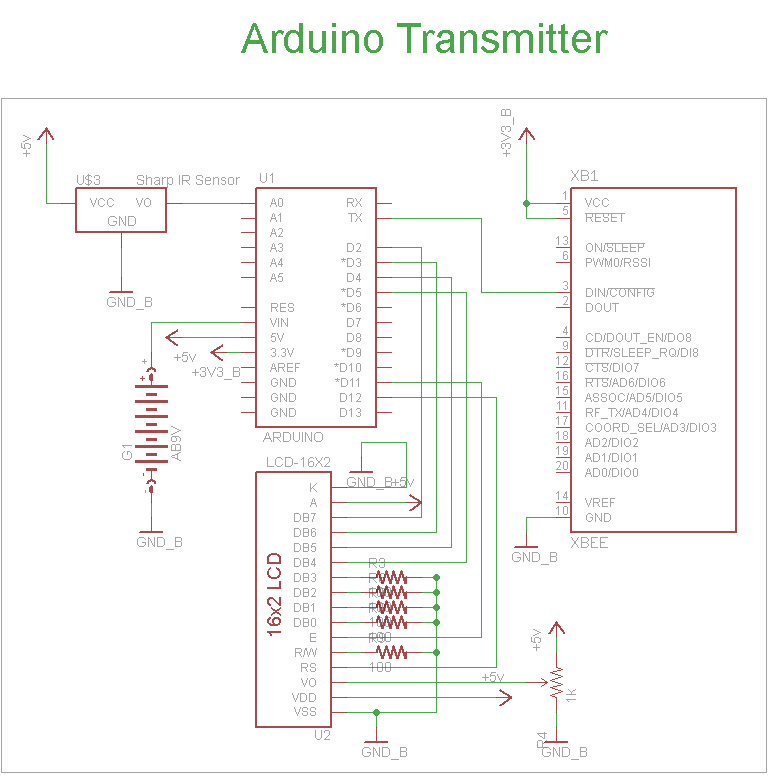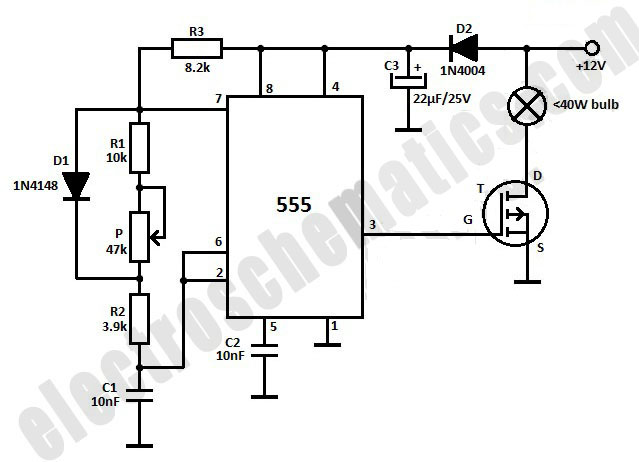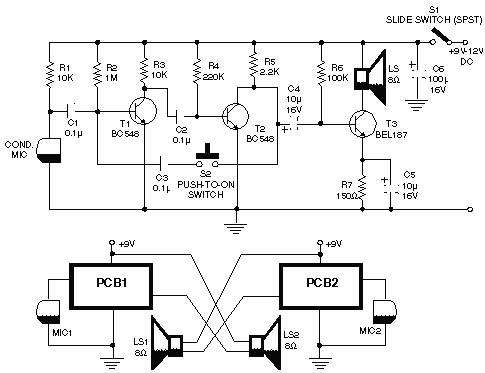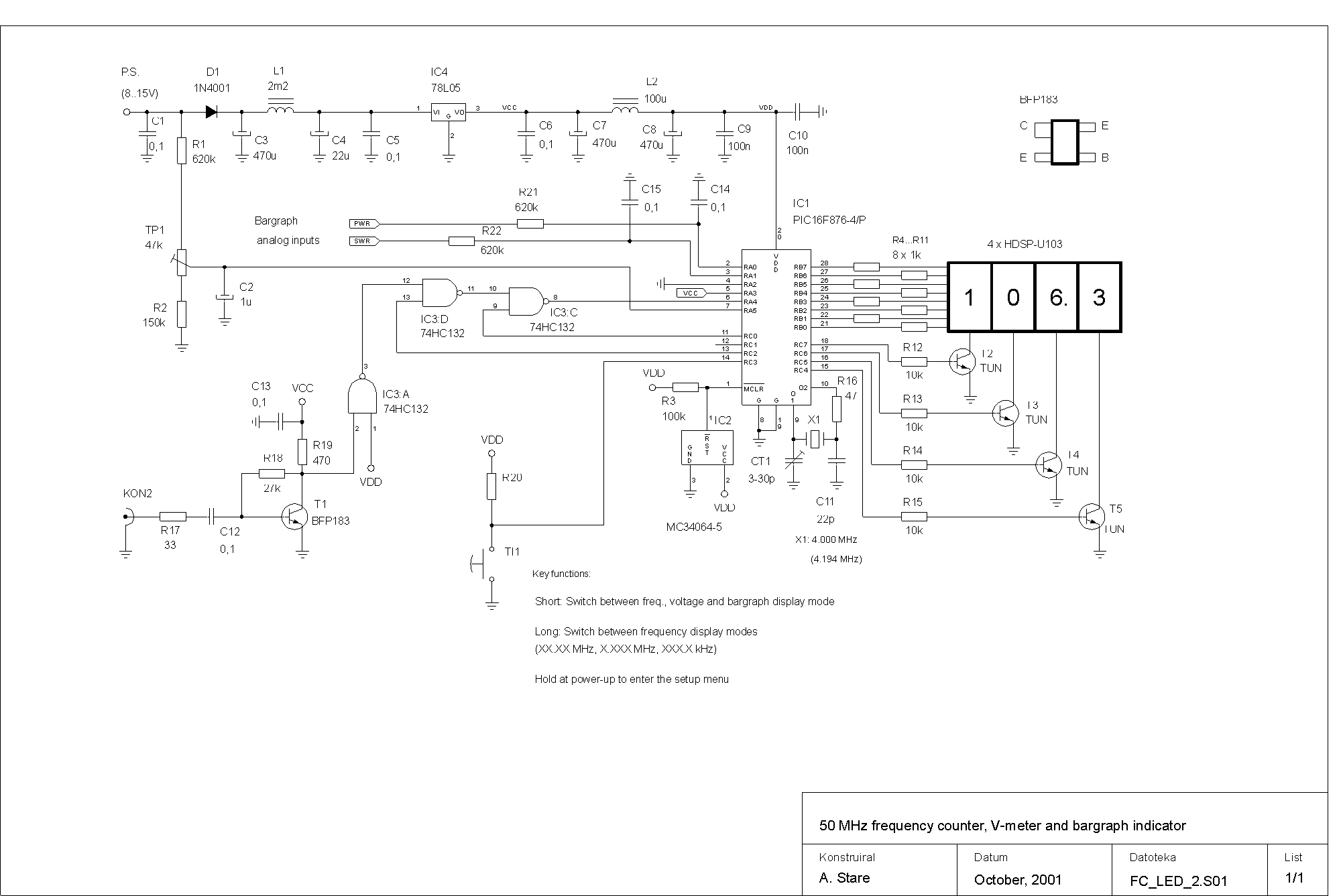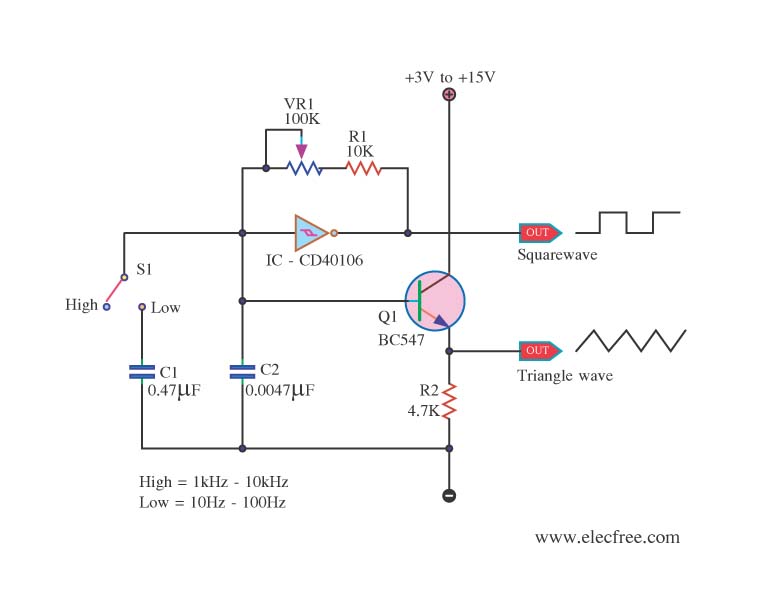
LM3409 dimming controlled LED driver circuit design
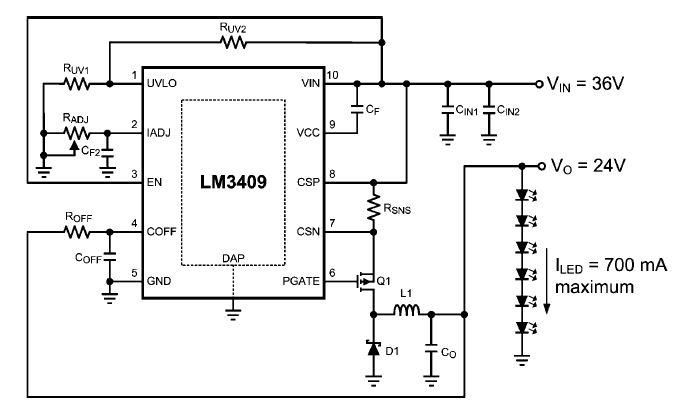
This dimming-controlled LED driver electronic circuit requires an input voltage of 36 volts and will provide an output voltage of 24 volts at a maximum current of 700 mA.
The described dimming-controlled LED driver circuit is designed to efficiently convert a higher input voltage of 36 volts down to a regulated output voltage of 24 volts, while allowing for a maximum output current of 700 mA. The circuit typically employs a buck converter topology, which is suitable for stepping down voltage levels while maintaining high efficiency.
Key components of the circuit include a switching device, such as a MOSFET, which is controlled by a pulse-width modulation (PWM) signal to adjust the output brightness of the LED. The PWM signal modulates the duty cycle, effectively controlling the average power delivered to the LED load. This dimming functionality is crucial for applications where varying light intensity is required.
Additionally, the circuit may incorporate feedback mechanisms to ensure stable operation and to maintain the output voltage at 24 volts under varying load conditions. A voltage reference and error amplifier are often utilized to compare the output voltage to the desired level, adjusting the PWM signal accordingly to minimize any deviations.
Inductors and capacitors are also integral to the design, providing energy storage and smoothing the output voltage, respectively. The inductor stores energy when the switch is closed and releases it to the output when the switch is open, while capacitors help filter out voltage ripples, ensuring a steady output.
Thermal management is another critical aspect of the design, as the components, particularly the switching device, can generate heat during operation. Adequate heat sinking or thermal pads may be employed to dissipate heat effectively, thus enhancing the reliability and longevity of the circuit.
Overall, this dimming-controlled LED driver circuit provides a versatile solution for various LED applications, allowing for efficient voltage conversion and adjustable brightness levels.This dimming controlled LED driver electronic circuit require an input voltage of 36 volts and will provide at output a voltage of 24 volts at a maximum current of 700mA 🔗 External reference
The described dimming-controlled LED driver circuit is designed to efficiently convert a higher input voltage of 36 volts down to a regulated output voltage of 24 volts, while allowing for a maximum output current of 700 mA. The circuit typically employs a buck converter topology, which is suitable for stepping down voltage levels while maintaining high efficiency.
Key components of the circuit include a switching device, such as a MOSFET, which is controlled by a pulse-width modulation (PWM) signal to adjust the output brightness of the LED. The PWM signal modulates the duty cycle, effectively controlling the average power delivered to the LED load. This dimming functionality is crucial for applications where varying light intensity is required.
Additionally, the circuit may incorporate feedback mechanisms to ensure stable operation and to maintain the output voltage at 24 volts under varying load conditions. A voltage reference and error amplifier are often utilized to compare the output voltage to the desired level, adjusting the PWM signal accordingly to minimize any deviations.
Inductors and capacitors are also integral to the design, providing energy storage and smoothing the output voltage, respectively. The inductor stores energy when the switch is closed and releases it to the output when the switch is open, while capacitors help filter out voltage ripples, ensuring a steady output.
Thermal management is another critical aspect of the design, as the components, particularly the switching device, can generate heat during operation. Adequate heat sinking or thermal pads may be employed to dissipate heat effectively, thus enhancing the reliability and longevity of the circuit.
Overall, this dimming-controlled LED driver circuit provides a versatile solution for various LED applications, allowing for efficient voltage conversion and adjustable brightness levels.This dimming controlled LED driver electronic circuit require an input voltage of 36 volts and will provide at output a voltage of 24 volts at a maximum current of 700mA 🔗 External reference
